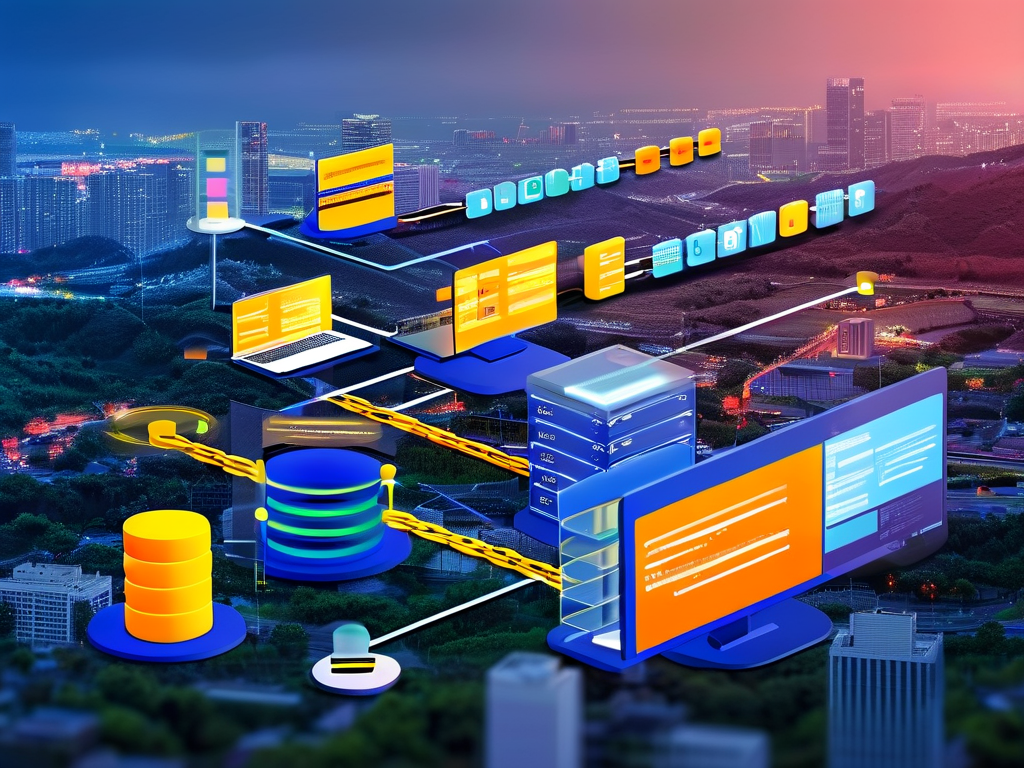In today's digitally driven world, load balancing technology has become a cornerstone of efficient network management. By distributing workloads across multiple servers or resources, it ensures optimal performance, minimizes downtime, and enhances user experiences. This article explores the critical roles of load balancing technology and its far-reaching impacts across industries.

1. Optimizing Resource Utilization
Load balancing prevents any single server from becoming a bottleneck by evenly distributing incoming traffic. For instance, in cloud computing environments, workloads fluctuate dynamically. A load balancer monitors server capacity in real time and redirects requests to underutilized nodes. This not only maximizes hardware efficiency but also reduces energy consumption, aligning with sustainable IT practices. Companies like Amazon Web Services (AWS) and Microsoft Azure rely heavily on load balancers to manage their global server fleets.
2. Enhancing System Availability and Reliability
High availability is critical for mission-critical applications such as e-commerce platforms or healthcare systems. Load balancers act as a safety net by detecting server failures and rerouting traffic to healthy nodes. For example, during a server outage, a load balancer ensures uninterrupted service, preventing revenue loss or operational disruptions. Technologies like failover mechanisms and health checks are integral to maintaining 24/7 uptime.
3. Improving Scalability
Modern businesses face unpredictable traffic spikes-think Black Friday sales or viral social media campaigns. Load balancers enable horizontal scaling by seamlessly integrating new servers into the pool. This elasticity allows organizations to handle surges without over-provisioning resources. Netflix, for instance, uses load balancing to manage millions of concurrent streams during peak hours, ensuring smooth playback for users worldwide.

4. Boosting Security
Beyond traffic distribution, advanced load balancers incorporate security features. They mitigate Distributed Denial-of-Service (DDoS) attacks by filtering malicious traffic before it reaches servers. Additionally, SSL termination-decrypting HTTPS traffic at the load balancer level-reduces the computational burden on backend servers. Companies like Cloudflare combine load balancing with cybersecurity to protect client infrastructures.
5. Enhancing User Experience
Latency and slow response times drive users away. Geographic load balancing directs requests to the nearest data center, reducing latency. For global platforms like Spotify, this means faster music streaming regardless of a user's location. Similarly, content delivery networks (CDNs) use load balancing to cache and deliver web content efficiently.
6. Cost Efficiency
By optimizing resource use and preventing over-provisioning, load balancing reduces operational costs. Organizations pay only for the resources they actively use, avoiding unnecessary investments in idle servers. Startups and SMEs particularly benefit from this cost-effective approach when leveraging cloud services.
Real-World Applications
- E-Commerce: During holiday sales, platforms like Alibaba use load balancing to handle billions of transactions.
- Financial Services: Banks employ load balancers to ensure real-time transaction processing and fraud detection.
- Gaming: Multiplayer online games rely on load balancing to synchronize player actions across low-latency servers.
Challenges and Future Trends
While load balancing offers immense benefits, challenges persist. Complex algorithms require continuous tuning, and hybrid cloud environments demand compatibility across platforms. Emerging trends include AI-driven load balancers that predict traffic patterns and automate adjustments. Edge computing further pushes load balancing to decentralized nodes, enabling faster IoT and 5G applications.
Load balancing technology is indispensable in building resilient, scalable, and efficient digital infrastructures. From improving resource allocation to safeguarding against cyber threats, its roles extend far beyond mere traffic distribution. As technology evolves, load balancers will continue to adapt, ensuring they remain at the heart of modern network architecture.









